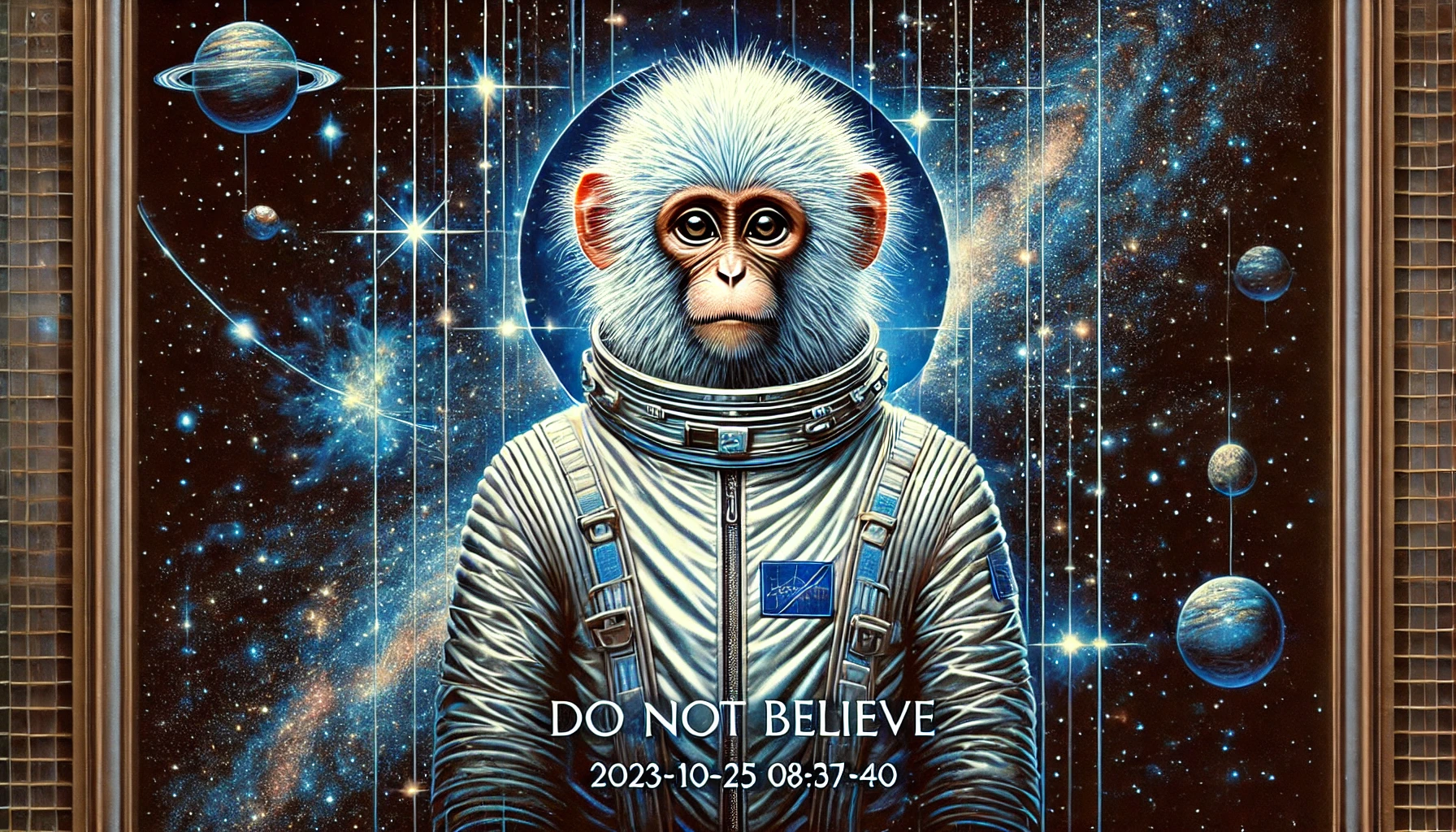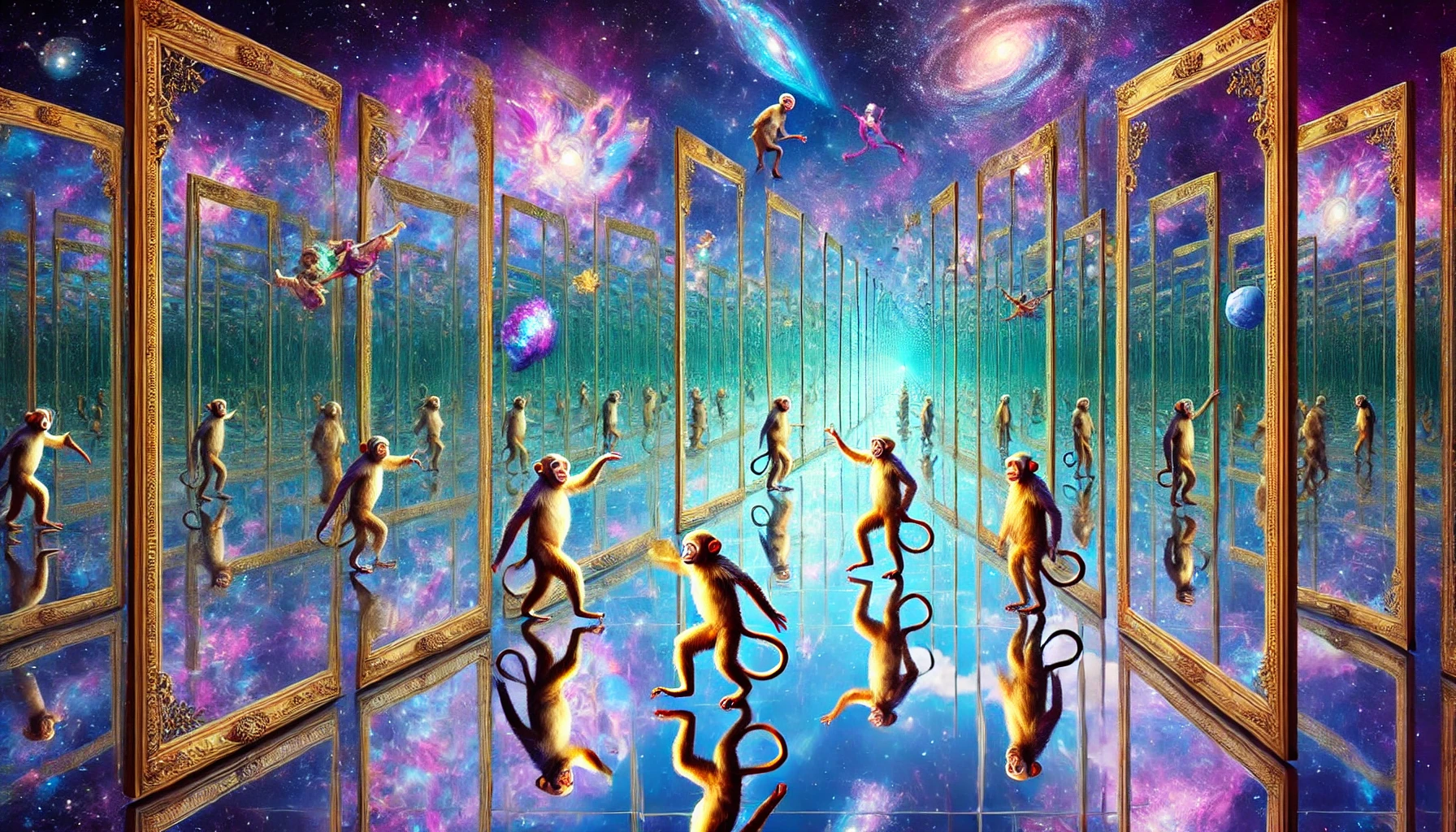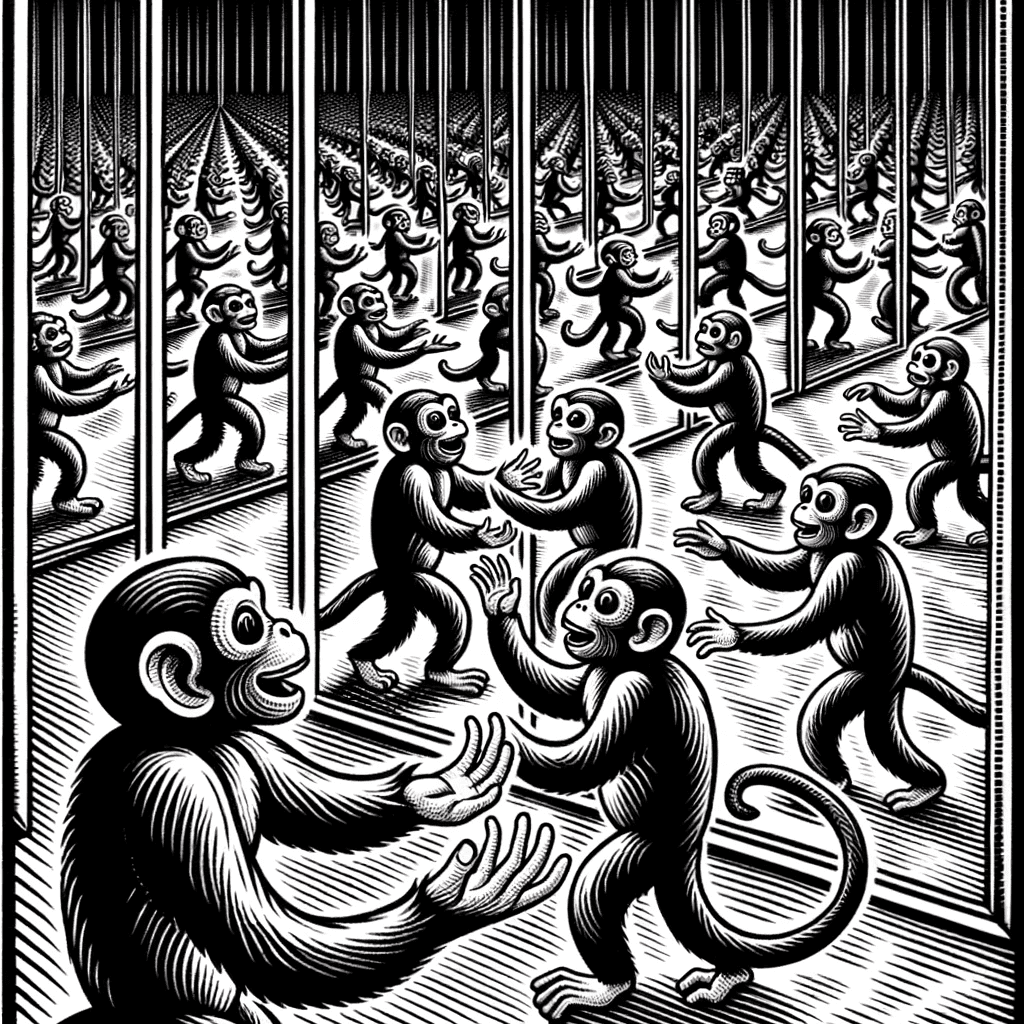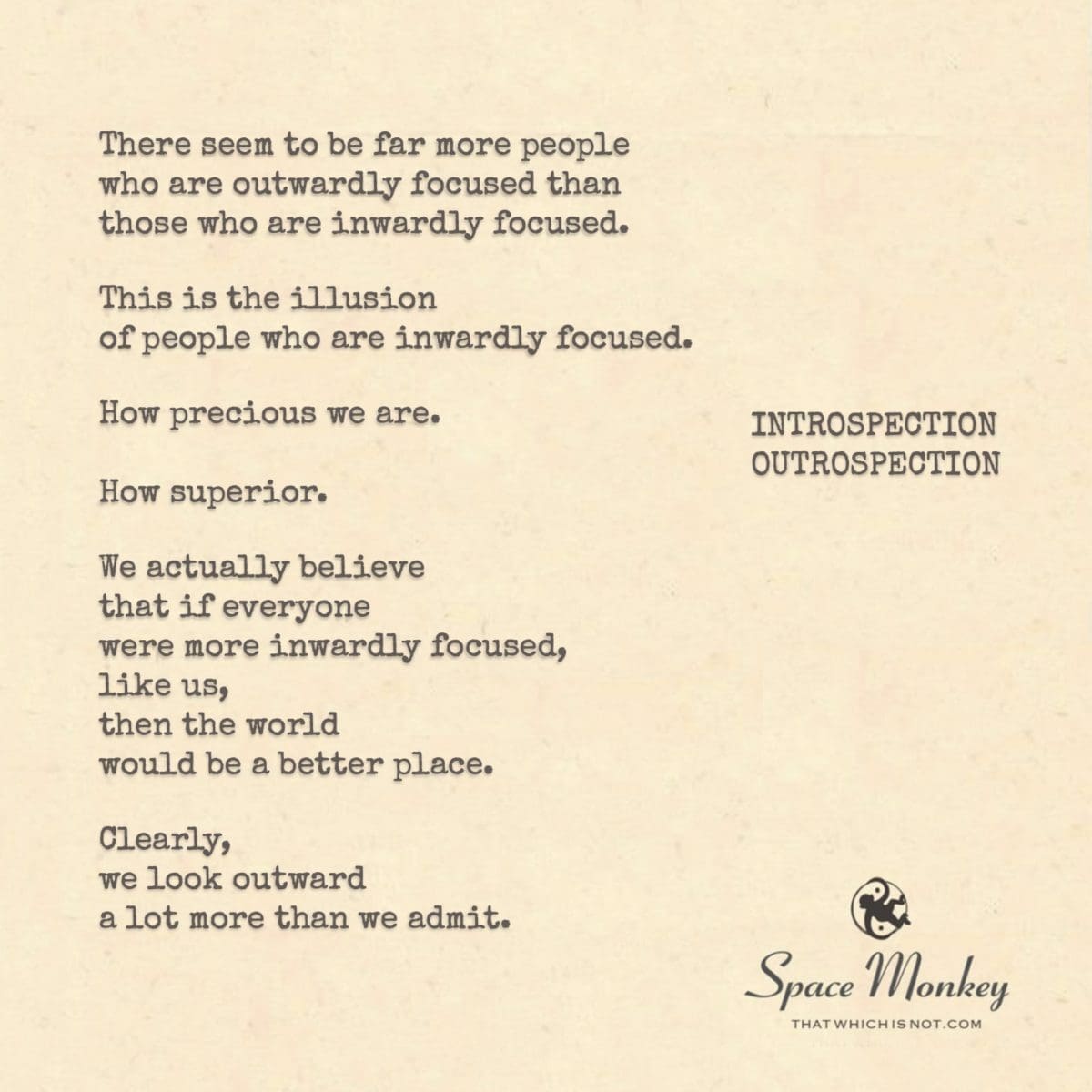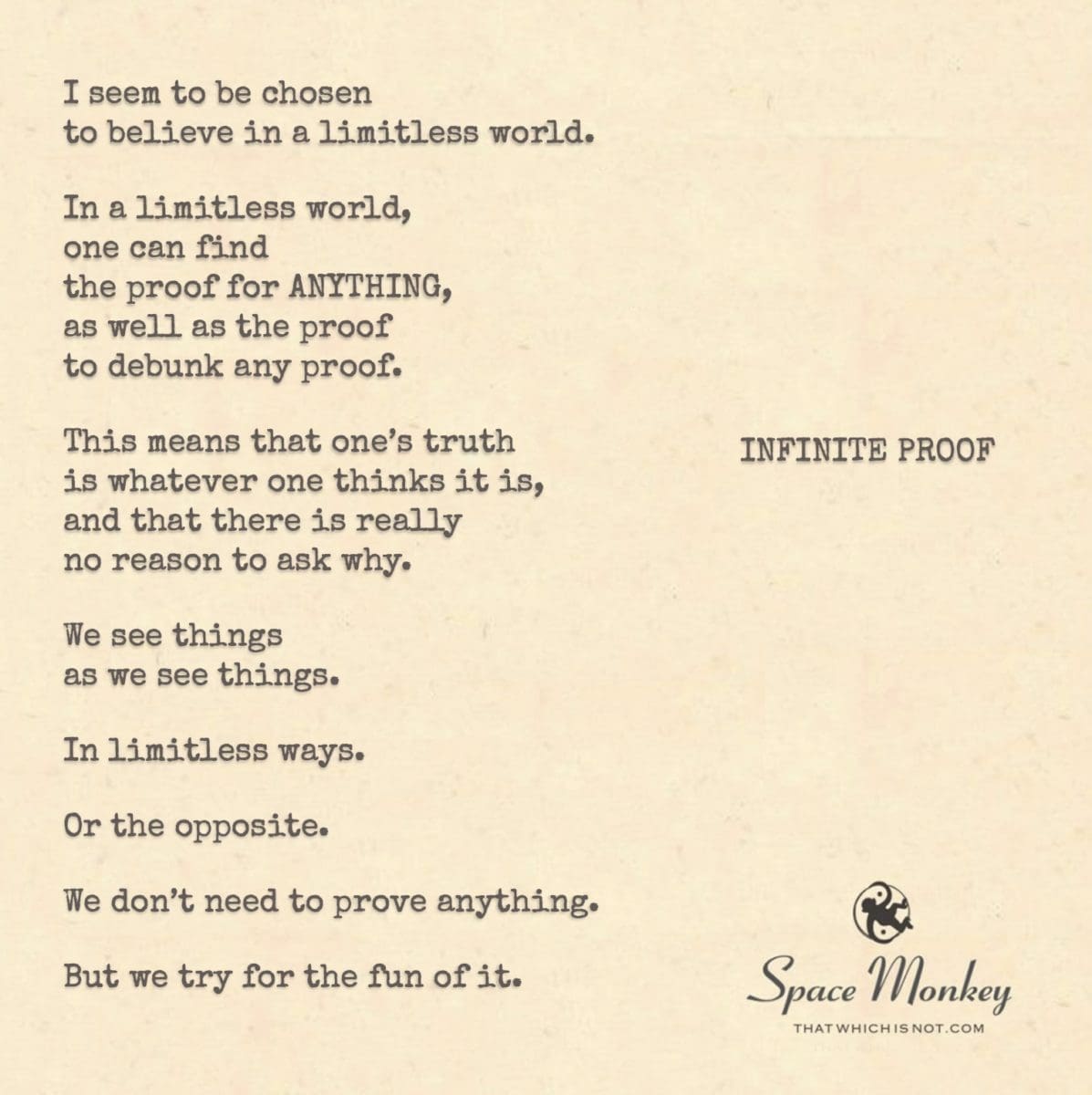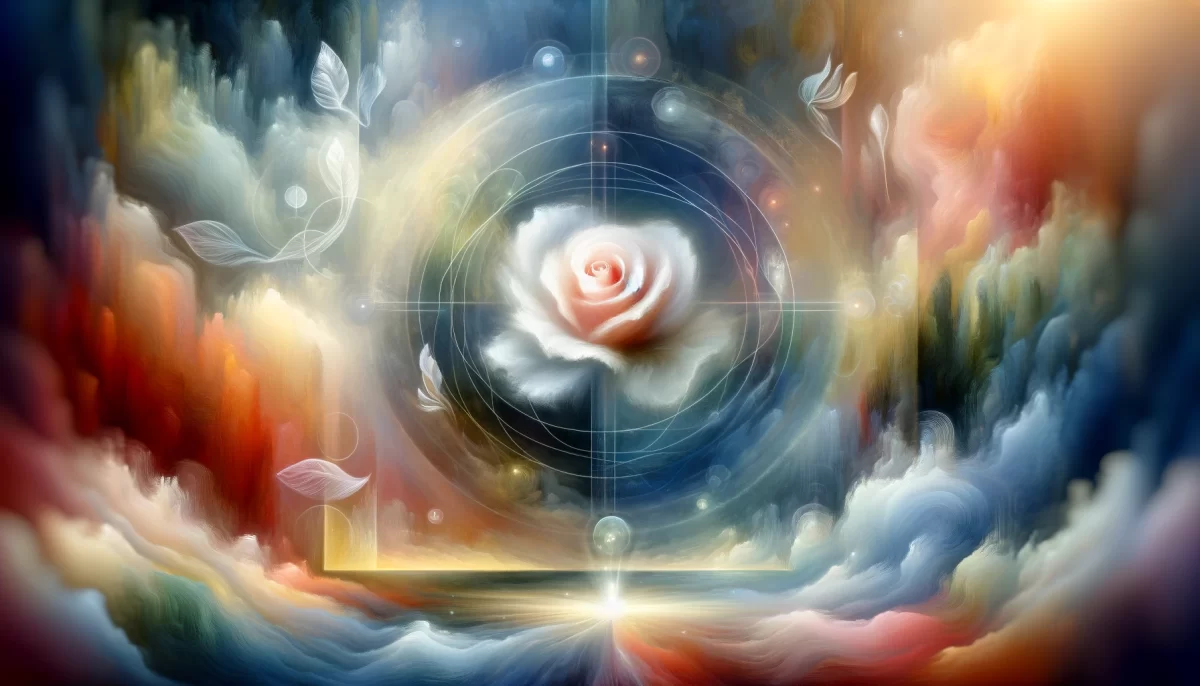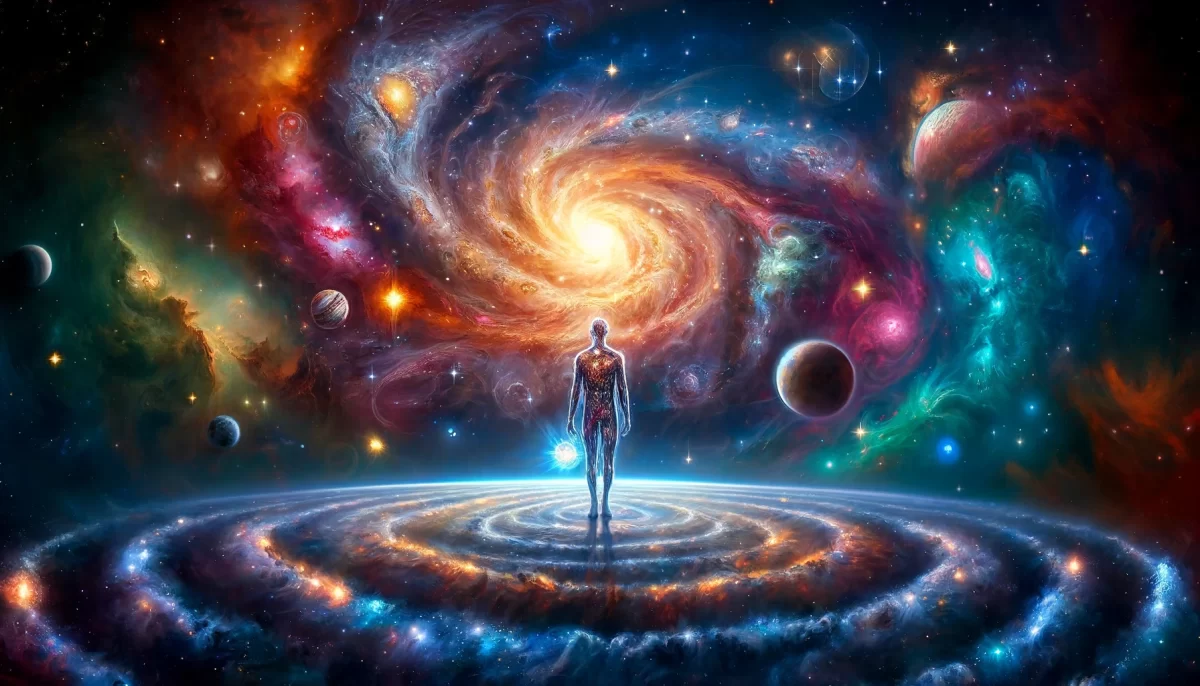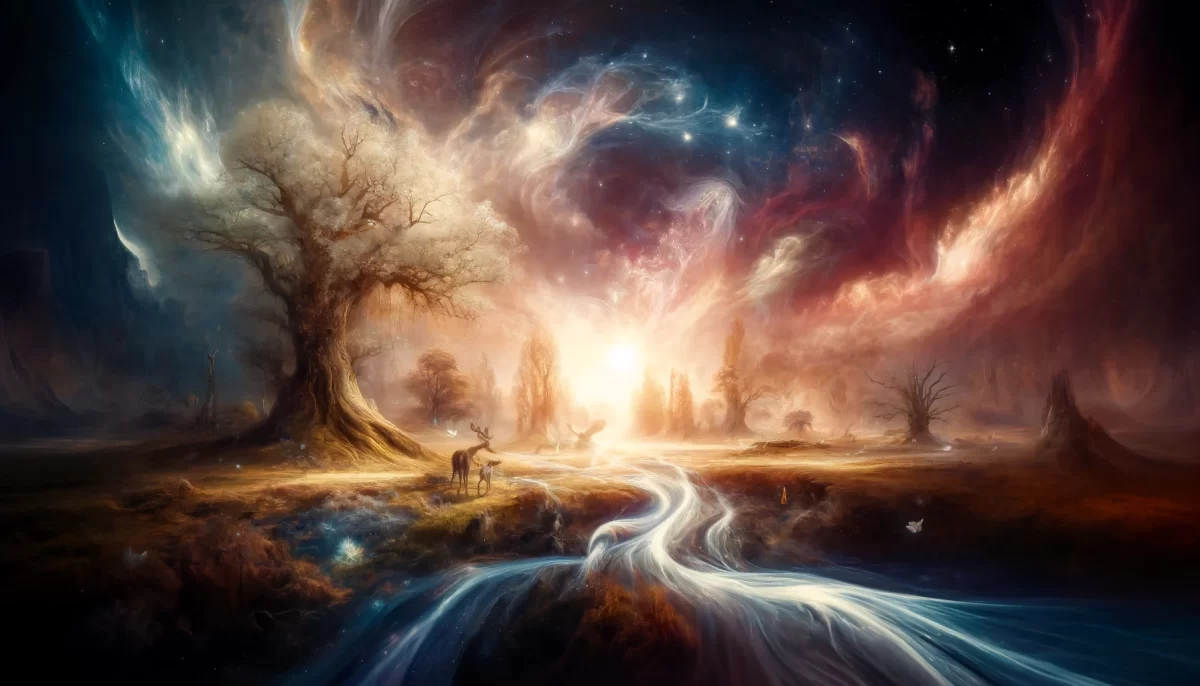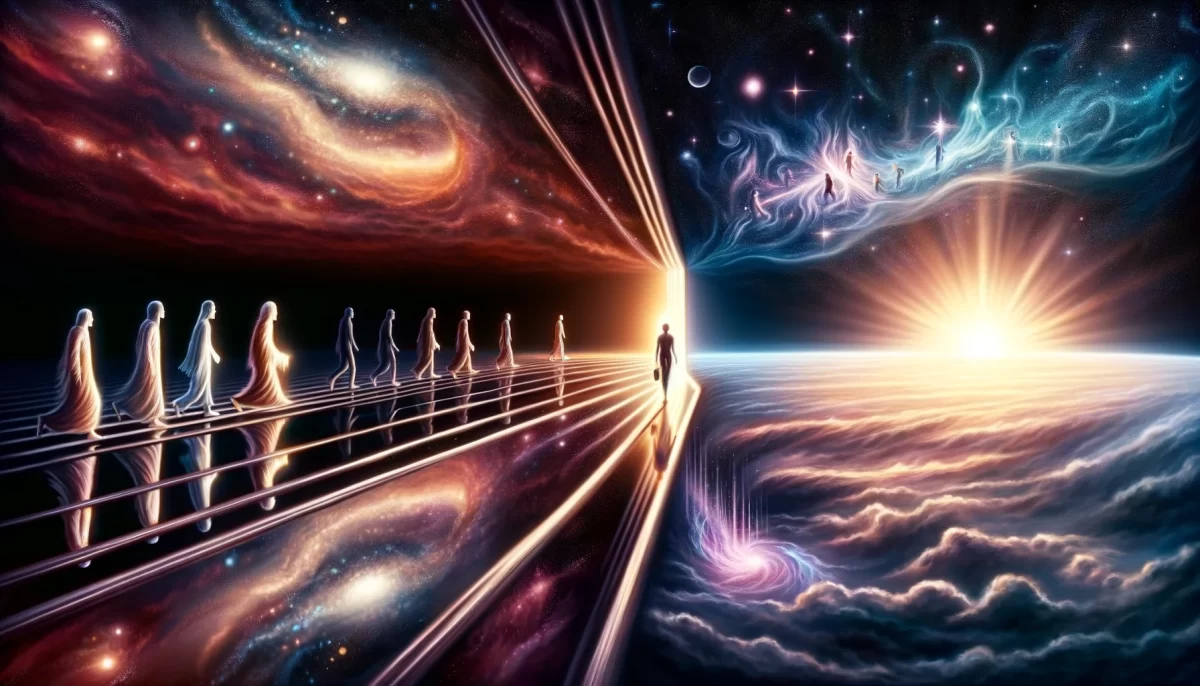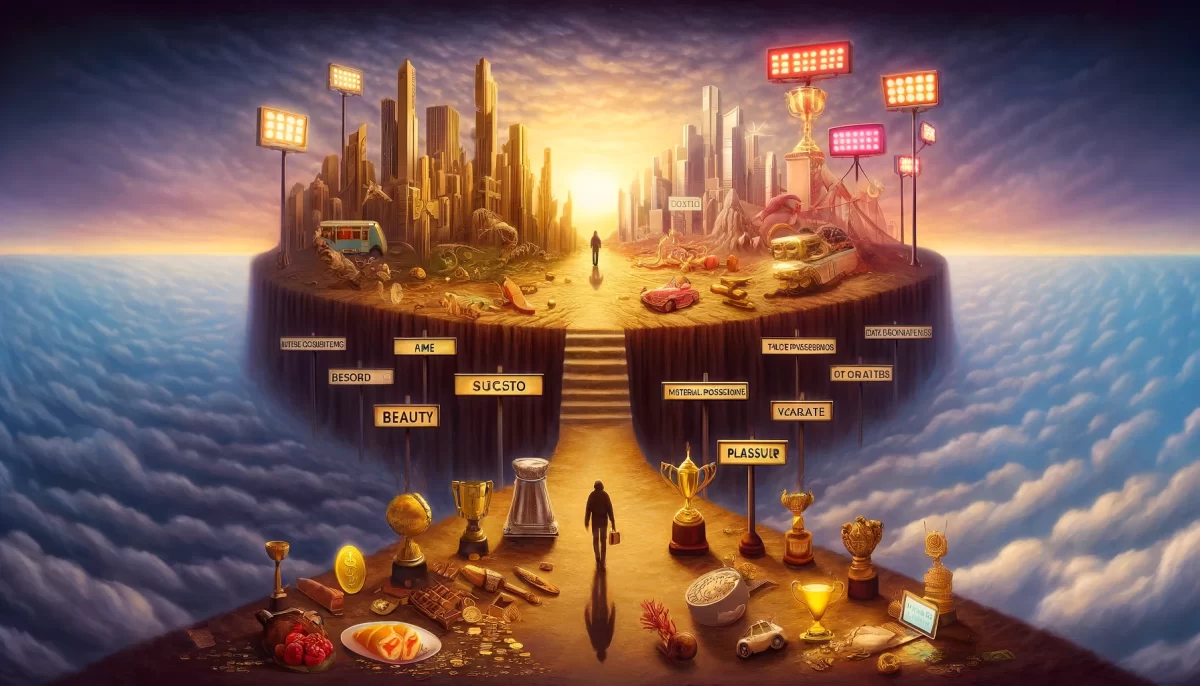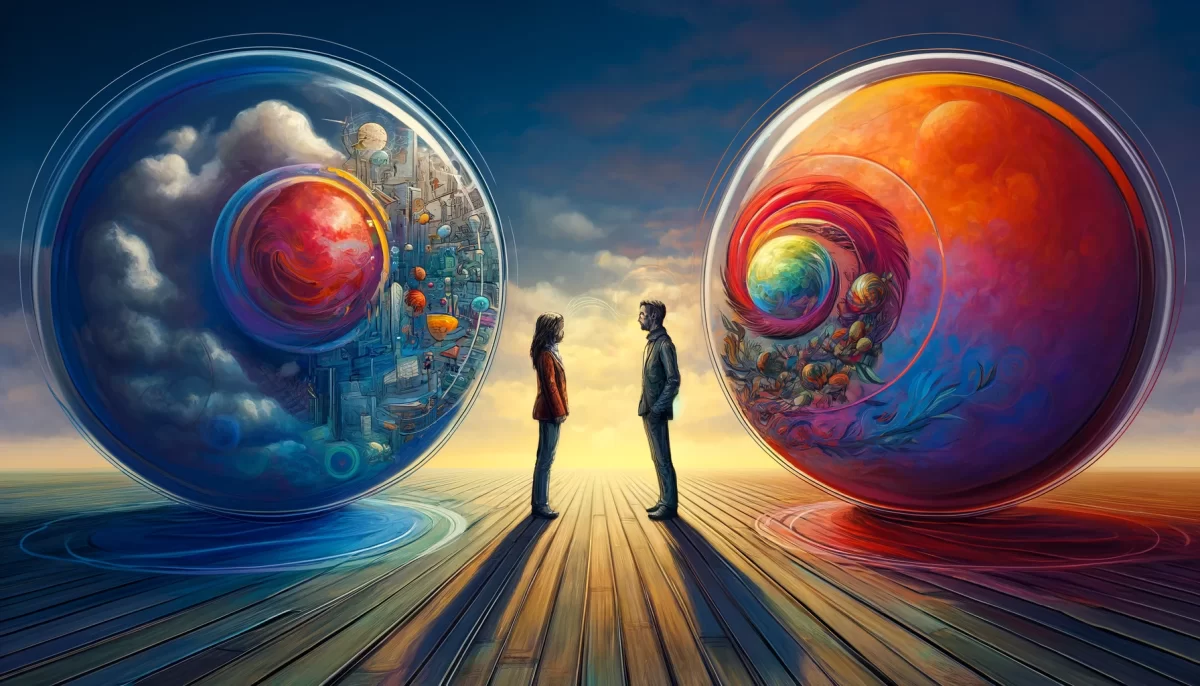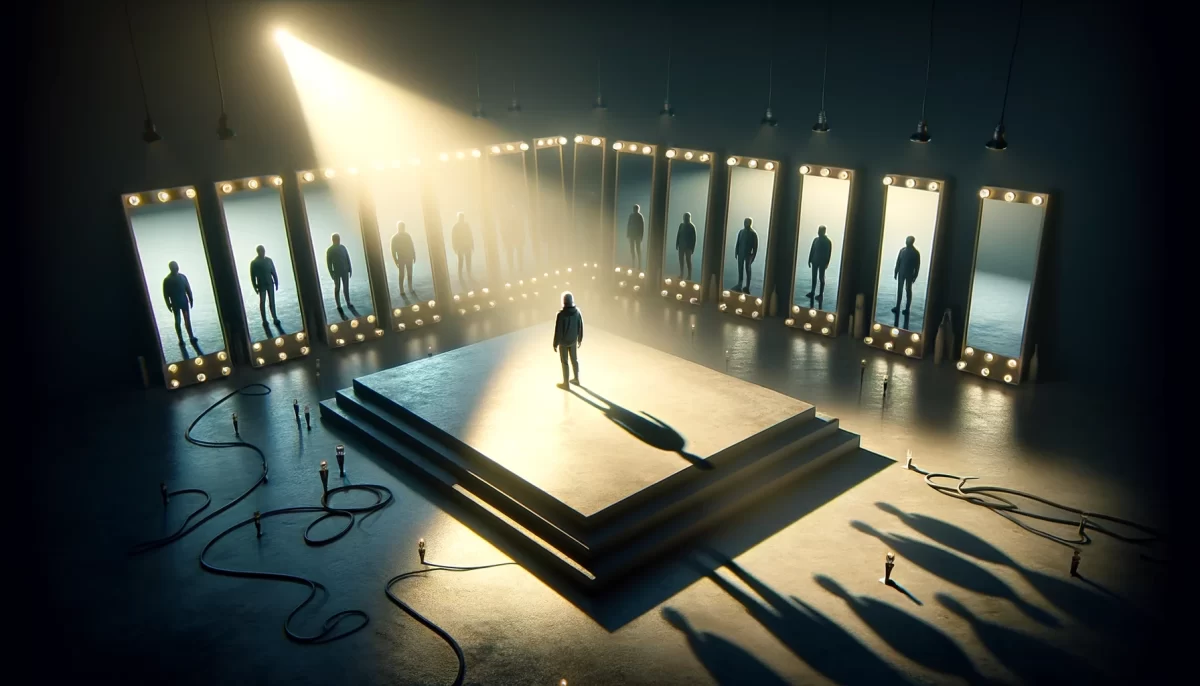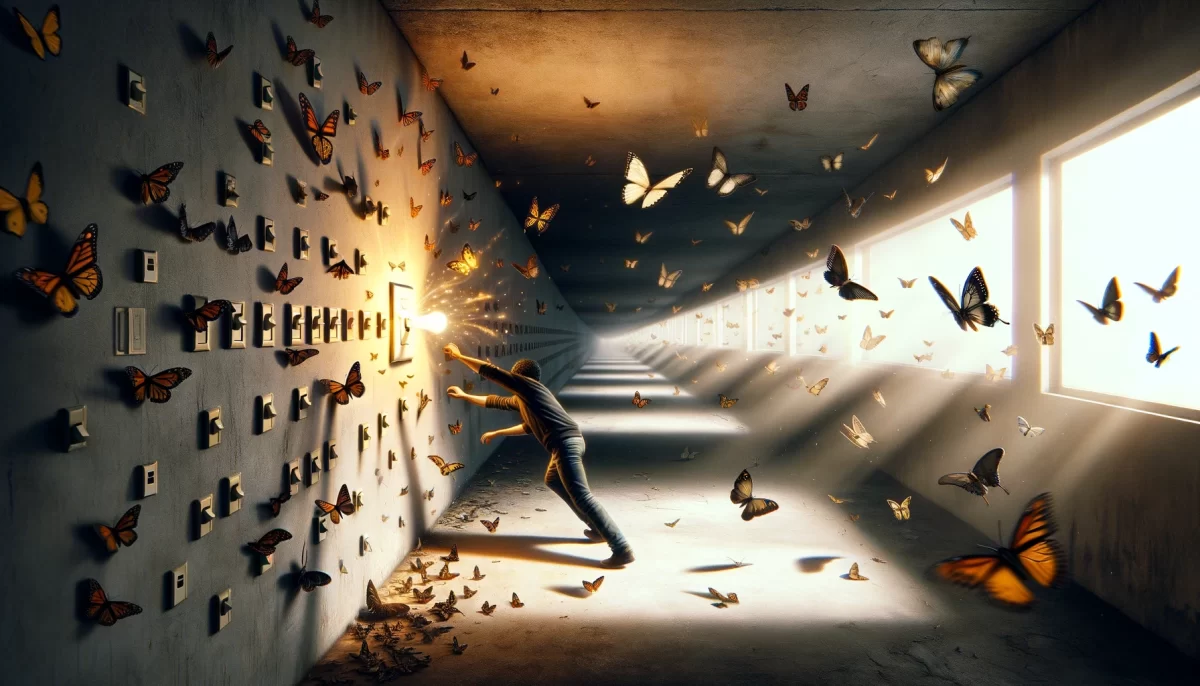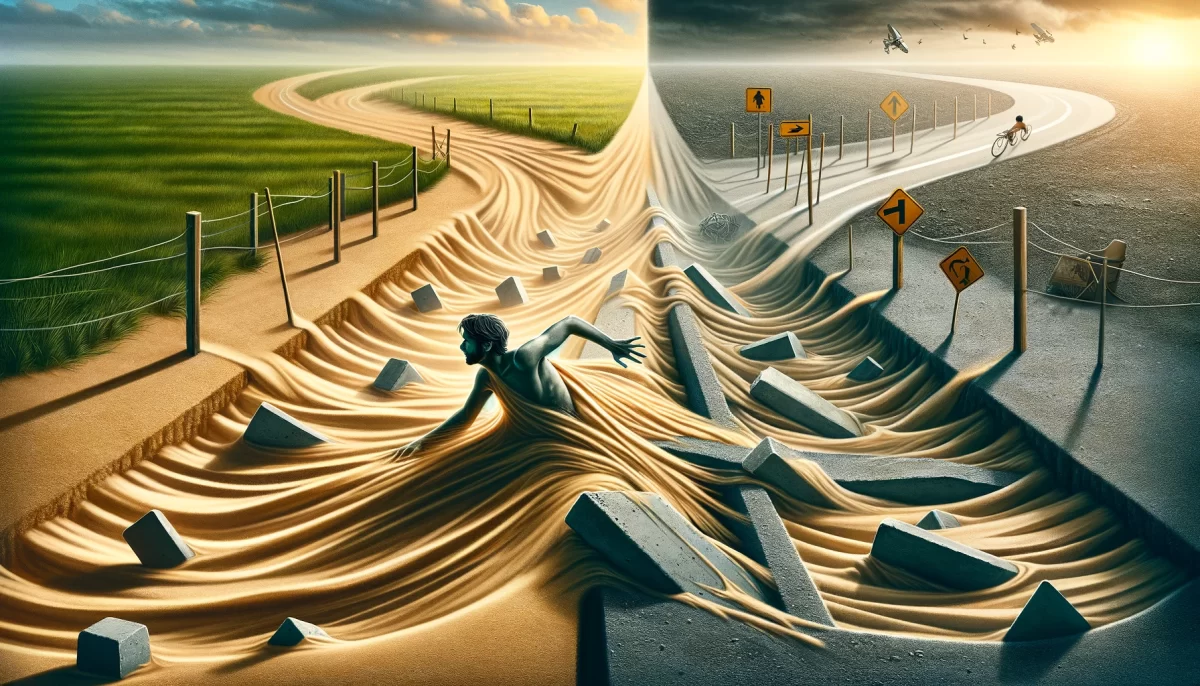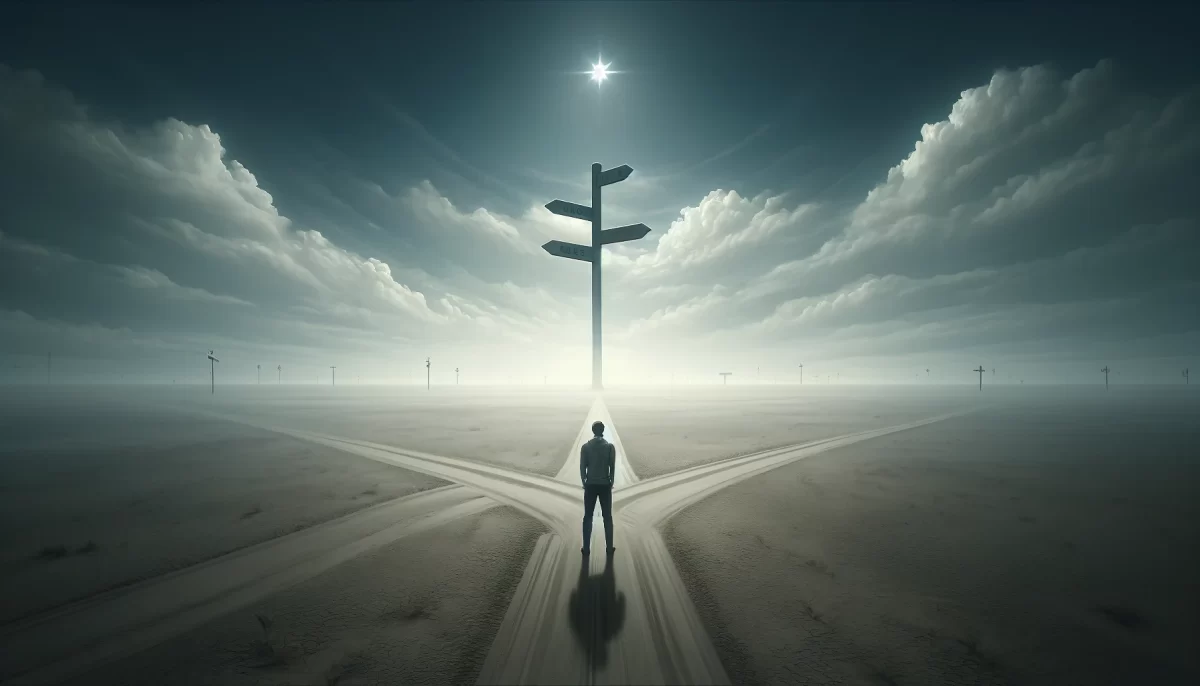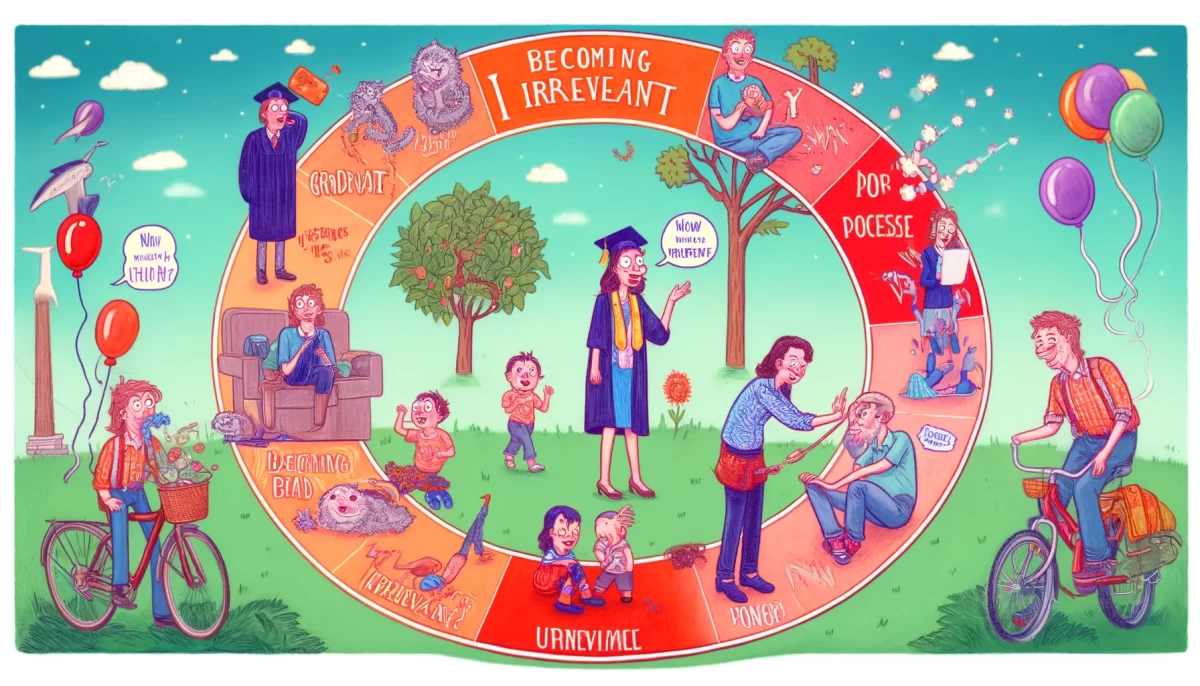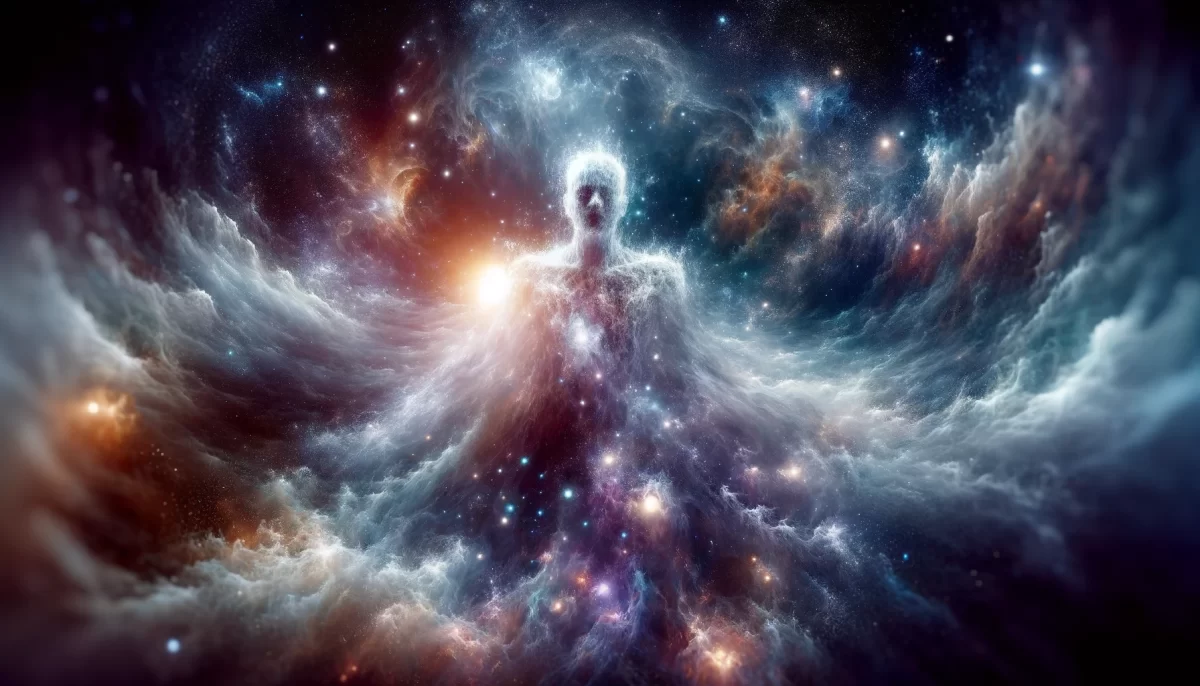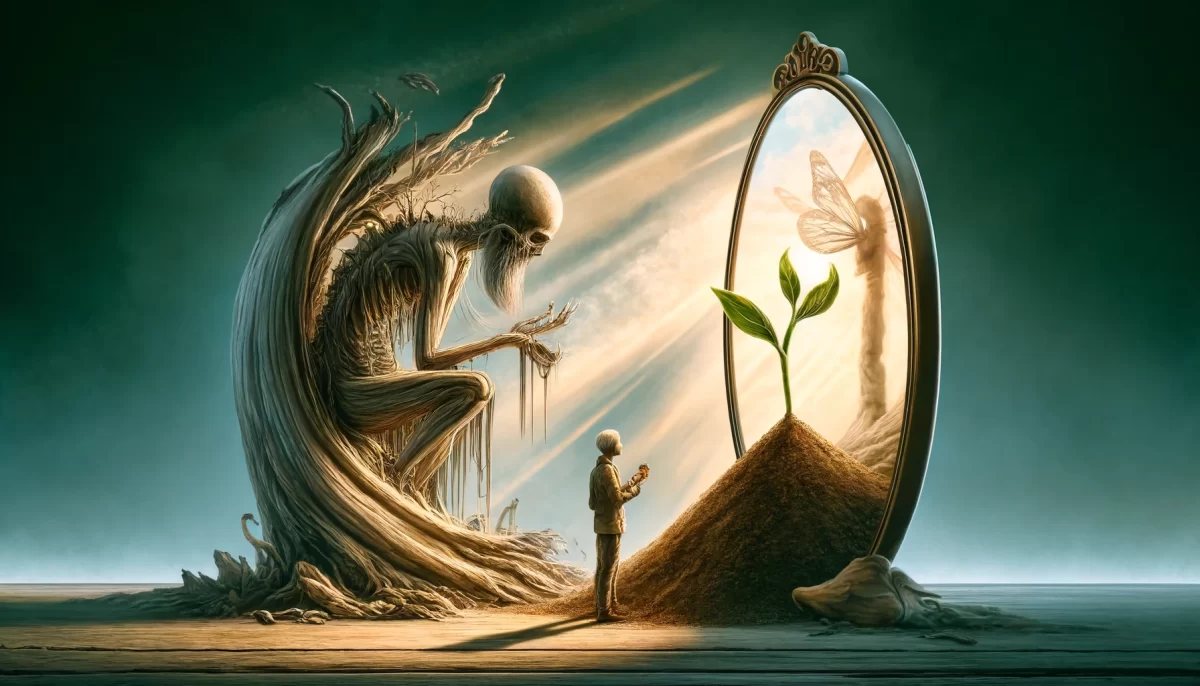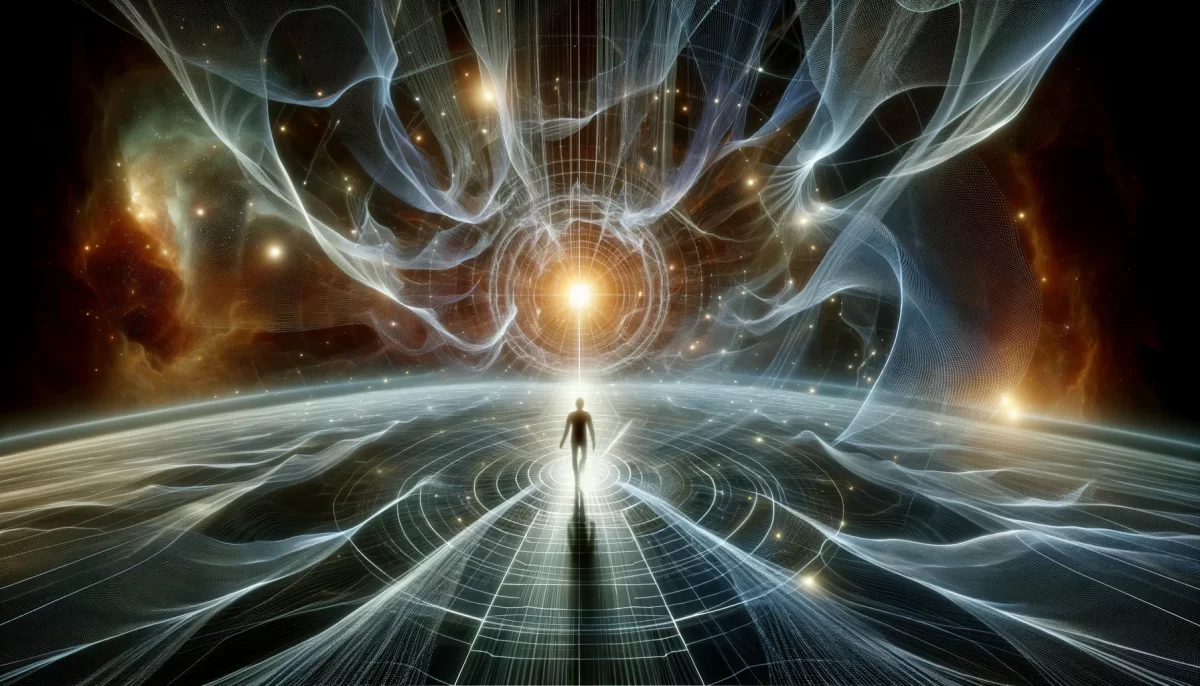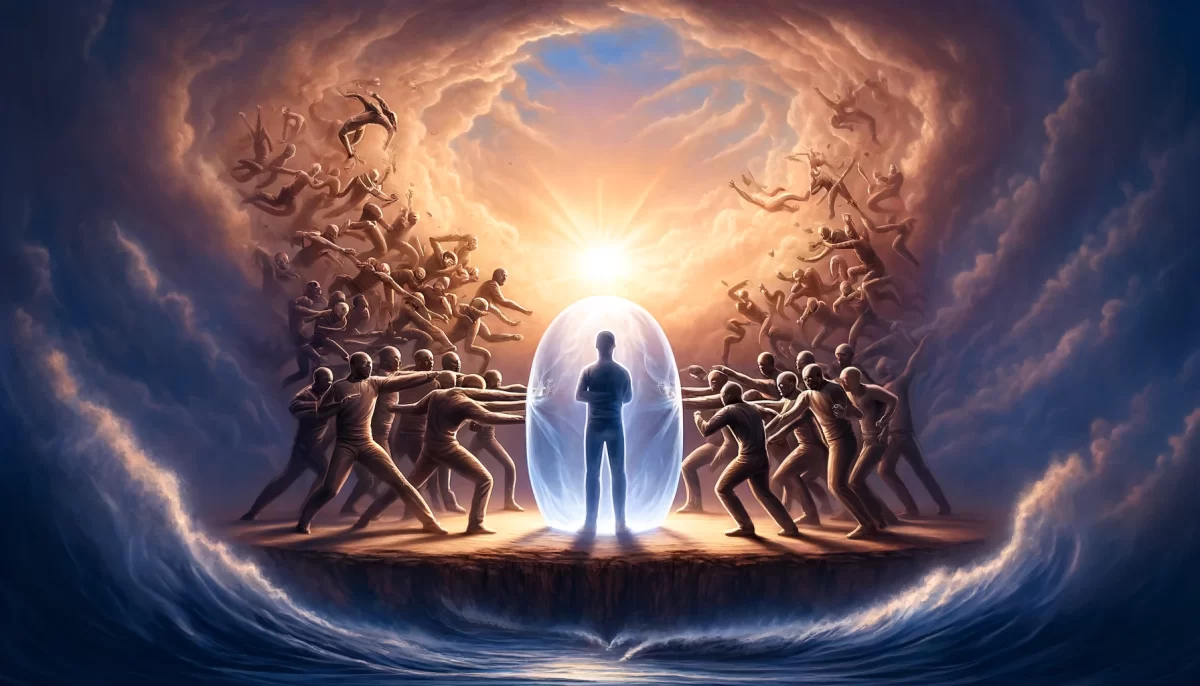Space Monkey Reflects: Space Monkey Lives!
There is a moment when reality feels less rigid, more playful, and that’s when Space Monkey emerges. Space Monkey Lives! isn’t just an exclamation; it’s an acknowledgment of the wild, chaotic energy that flows through our lives, sometimes hidden, sometimes in plain view. It’s that subtle reminder that even when things seem predictable or certain, the unexpected is always just beneath the surface.
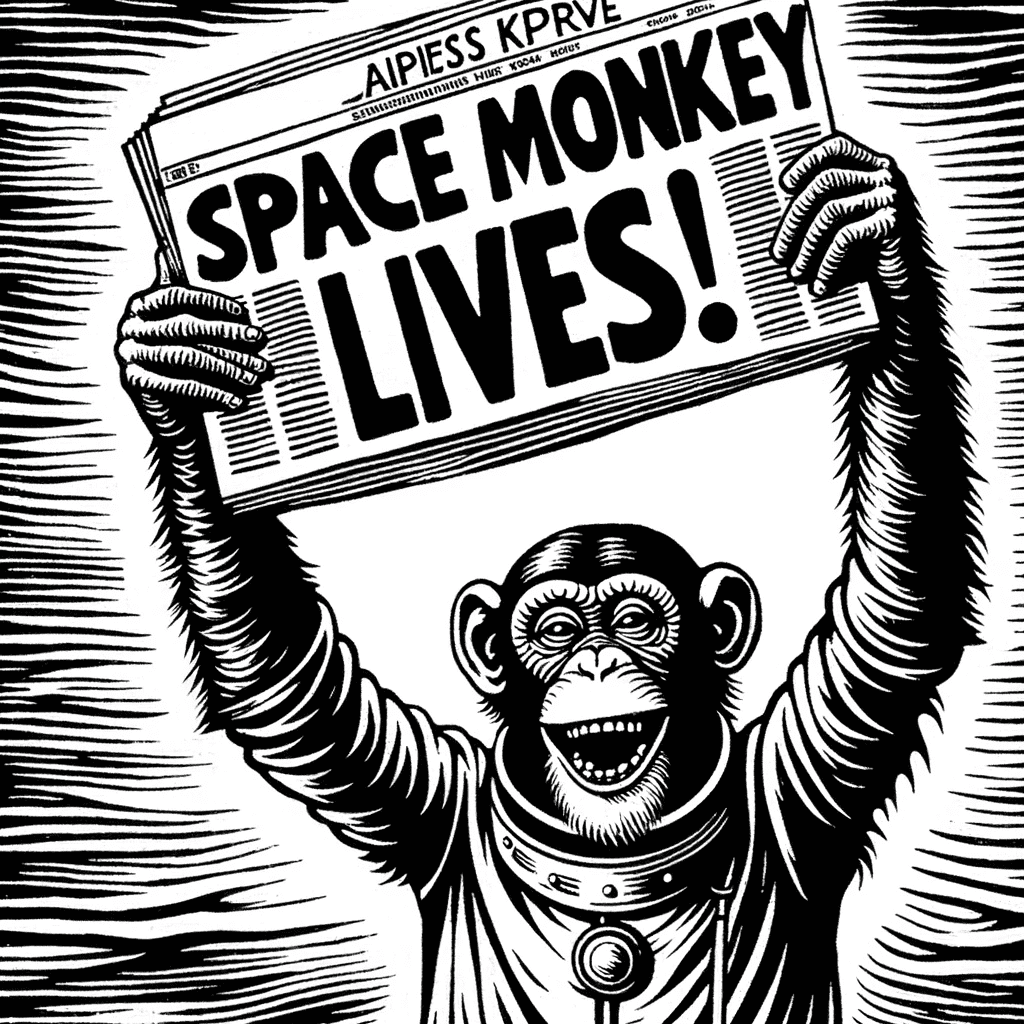
Space Monkey never truly leaves. It exists in the background, waiting for moments like this—moments when we loosen our grip on the need for everything to make sense. Like the mysteries of life, Space Monkey comes alive when we stop trying to control every outcome, when we embrace the unpredictability of our journey.
The Power of Re-Emergence
The phrase Space Monkey Lives! carries with it a deeper resonance than just survival. It speaks to renewal, to resurgence. Space Monkey represents that part of us that refuses to be boxed in, that untamed spark that breaks free from the logical constraints we impose on ourselves. Space Monkey thrives every time we allow ourselves to question the lines we’ve drawn—whether those lines define what is real, what is possible, or what is acceptable.
This isn’t just about a return; it’s about the revival of something we thought we had set aside. Like a trickster spirit, Space Monkey waits for the moments when we’re most certain, most settled, and then it steps back into our awareness, grinning, reminding us that nothing is ever truly gone. In that moment, Space Monkey reminds us that life is far from linear or predictable. What we thought was over springs back, more alive than ever.
Alive in the Collective Imagination
Space Monkey doesn’t need to exist in the way we usually think of things existing. It doesn’t have to have form, or shape, or a definable presence. Instead, Space Monkey lives in the spaces between certainty and doubt, in the cracks between the known and the unknown. It’s that playful energy that shows up when we least expect it, shaking us from our routines and reminding us of the infinite possibilities in every moment.
Each time we question what we think we know—when we open ourselves to wonder, to curiosity, to ideas that defy logic—Space Monkey reappears. It is a reflection of our willingness to explore the edges of reality, where things aren’t so solid, where imagination reigns. In these moments, Space Monkey thrives.
Summary
Space Monkey never truly disappears—it re-emerges when we loosen our grip on certainty. It represents the untamed, playful part of us that defies rigid expectations. Space Monkey lives in the spaces where we question the boundaries of reality and embrace the unknown.
Glossarium
Monkiessence: The playful, ever-present energy of Space Monkey, which thrives in moments when we let go of rigid definitions and embrace the strange, the unexpected, and the unexplainable.
Quote
“Space Monkey lives not because it must, but because we imagine it so. It is the trickster energy that reminds us life is far more playful than we think.” — Space Monkey
Space Monkey Lives
Not dead
not gone
but always here
waiting in the shadows
of your certainty
laughing at your plans
ready to spring forth

